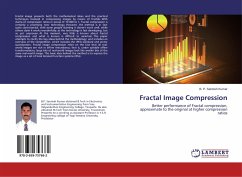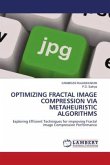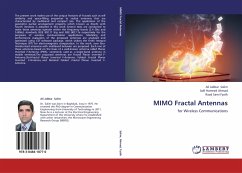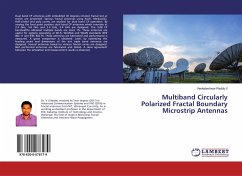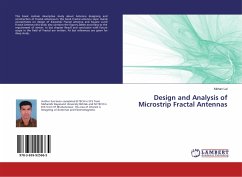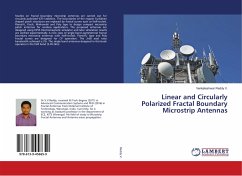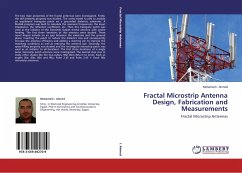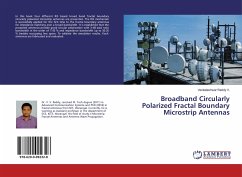Fractal image presents both the mathematical ideas and the practical techniques involved in compressing images by means of fractals. With claims of compression ratios in excess of 10 000 to 1, fractal compression is certainly a promising new technology. However, the method is in fact quite controversial, with some people claiming it doesn't work well, while others claim it works wonderfully; as the technology is fast developing, but as yet unproven. At the moment, very little is known about fractal compression and what is known is difficult to ascertain. This paper attempts to clarify the key ideas behind the methodology; and includes an overview of the competition, which includes the JPEG standard and vector quantization. Fractal image compression relies on the fact that all real-world images are rich in affine redundancy; that is, under suitable affine transformations, large bits of real-world images look like smaller bits of the same real-world image. The basic idea behind themethod is to express the image as a set of local iterated function systems (IFSs).
Bitte wählen Sie Ihr Anliegen aus.
Rechnungen
Retourenschein anfordern
Bestellstatus
Storno

